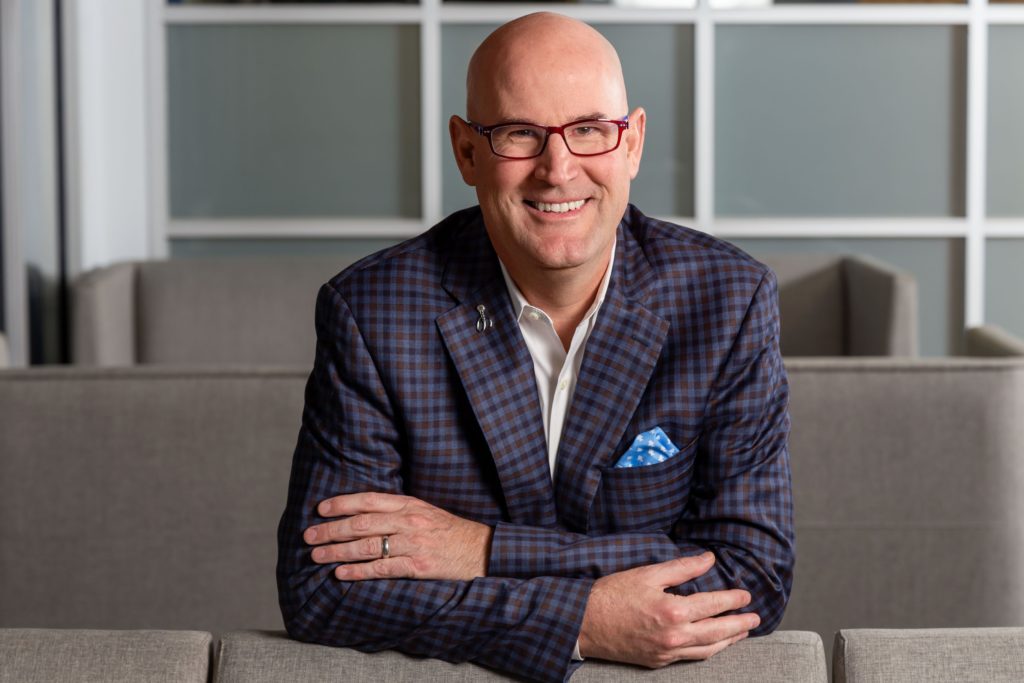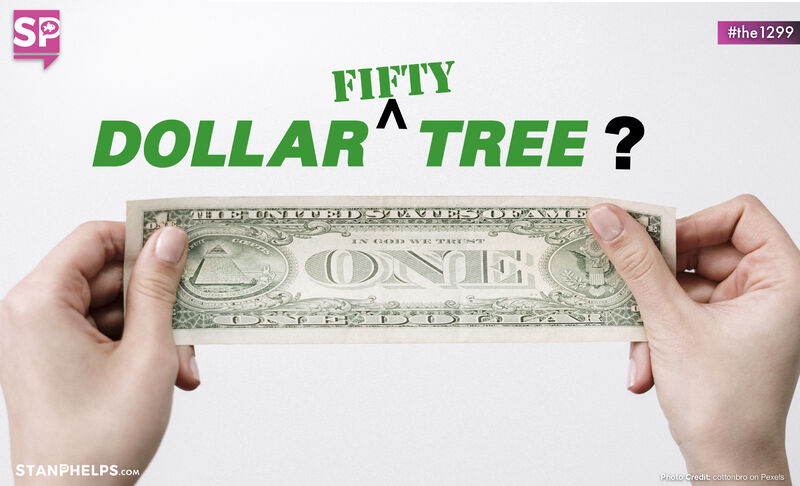Dollar Tree Stores made a major move yesterday. The chain announced they will now sell items at $1.25 and $1.50. This is a seismic shift.
A bit of background:
Dollar Tree was founded in Chesapeake, Virginia in 1986. Over the last 35 years it became the largest and most successful single-price-point retailer in North America. They now operate over 15,000 stores across the 48 contiguous US states and five Canadian provinces.
It is no longer a single-price-point retailer. The single differentiator for the chain was previously in its name. Everything costs a dollar. People would make jokes about it. They’d walk around the store and ask an associate, “How much does this cost?” Response, “A dollar.” A minute later they’d pick something else up, “How much does this cost?” I will not admit to doing this.
The chain is spinning the price increase strategy with their chin-up, “For decades, our customers have enjoyed the ‘thrill-of-the-hunt’ for value at one dollar – and we remain committed to that core proposition – but many are telling us that they also want a broader product assortment when they come to shop,” shared Mike Witynski, President and CEO of Dollar Tree in a statement to Entrepreneur Media. “We believe testing additional price points above $1 for Dollar Tree product will enable us over time to expand our assortments, introduce new products and meet more of our customers’ everyday needs.”
It will be interesting to see how customers respond to this shift in strategy. So far, response on social media has not been kind.
In the book “Pink Goldfish 2.0,” David Rendall talk about the cornerstone of our “flawsome” framework. It is the concept of Flaunting. To flaunt means to parade, show off, display, strut, or be ostentatious. It’s also about being unashamed or being proud of something.
For 35 years, Dollar Tree Stores have pioneered and owned single-price-point retail. They have now buckled.
Is only selling items for a dollar a flaw? You bet it is. Does it mean you can’t expand your offerings. Yes.
To flaunt is to be unapologetic about your organization’s flaws. You take pride in your organization’s unique characteristics. You emphasize them, accentuate them, feature them, highlight them, expose them, call attention to them, and openly display them…
You definitely aren’t trying to hide them or fix them.
What’s your opinion? Add your two cents (or two quarters) in the comments.
Smart strategy or a systematic betrayal of brand equity?
Follow me on Twitter or LinkedIn.

Stan Phelps walks the walk. He stands out in the sea of sameness by modeling his own Differentiated Experience (DX) message: Differentiation isn’t just about what you say, it’s about what you do and, more importantly, how and why you do it. Stan leverages his unique collection of 5,000+ case studies on customer, employee, and brand experience to engage audiences with informative learning-based experiences. He believes purposeful DX wins the hearts of employees and customers, and differentiation ultimately boosts loyalty, retention, referrals, and results.
Find Stan’s in-person and virtual keynotes, workshops, and Goldfish tank programs at StanPhelps.com.

